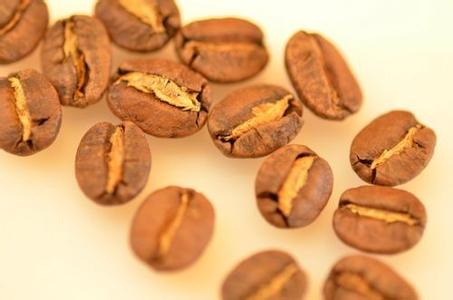Common sense of Italian Coffee beans Source of espresso Coffee beans

espresso beans
We know that coffee beans are generally divided into Arabica and Robusta, the former is usually higher, the latter is promoted because the latter is easy to feed, just like weeds have strong vitality. The former is not only usually raised at high altitudes, but also susceptible to pests.
Robusta is usually the main ingredient in instant coffee, but it is sometimes added to espresso beans because it is easier to make crema, such as Lavazza's grand espresso, which is a blend of 60% Arabica and 40% Robusta.
Espresso beans are usually a blend of beans because it is a more balanced way of brewing coffee. Acidic espresso has been considered a problematic taste in the mouth of ordinary Shanghainese because of the toxicity of starbucks. Of course, slightly acidic espresso is not a popular taste, because there are too many uncontrolled factors, and the requirements for brista can be very high.
For each brand, espresso's bean blend formula is a trade secret, not as scary as protecting coca-cola's formula, but an important one. As far as we are familiar with illy or lavazza, in memory, the former is to choose 100% Arabica, while the latter has several different recipes. As mentioned earlier, Robusta is mainly used for cost control and easier to make Crema, but it will increase the caffeine content of espresso to a considerable extent, and it is not recommended for such formulations unless there is a special preference.
Many domestic bakers are producing beans with separate varieties. Generally speaking, Brazilian beans and Yemeni mocha beans are more suitable for single espresso use, but due to the purchase channel and baking level, especially for the selection of bad beans, domestic manufacturers are limited in providing espresso beans.
Important Notice :
前街咖啡 FrontStreet Coffee has moved to new addredd:
FrontStreet Coffee Address: 315,Donghua East Road,GuangZhou
Tel:020 38364473
- Prev

The basic knowledge of Italian coffee machine the history of espresso machine
The history of espresso machines in coffee books, the history of commercial espresso machines will be unified into the piston pump machine invented by Gaggia in 1948. The large appearance and principle of espresso machines have not changed much in the past 60 years. It's a bit of a pity, but the original exposed E61 brewing port is no longer popular. I personally like the kind of very classical copper.
- Next

A cup of strong espresso coffee is the right temperature.
Espresso common temperature: 90.5 degrees Celsius forget who measured this temperature, may be the result of a long-term trial, just like traditional Chinese medicine, rituals and experience all play a role. If the temperature is lower than this, espresso will become sour, while higher will be bitter. This is not a casual fool. There was a time when the temperature of my coffee machine was as low as 80 degrees, es.
Related
- Beginners will see the "Coffee pull flower" guide!
- What is the difference between ice blog purified milk and ordinary milk coffee?
- Why is the Philippines the largest producer of crops in Liberia?
- For coffee extraction, should the fine powder be retained?
- How does extracted espresso fill pressed powder? How much strength does it take to press the powder?
- How to make jasmine cold extract coffee? Is the jasmine + latte good?
- Will this little toy really make the coffee taste better? How does Lily Drip affect coffee extraction?
- Will the action of slapping the filter cup also affect coffee extraction?
- What's the difference between powder-to-water ratio and powder-to-liquid ratio?
- What is the Ethiopian local species? What does it have to do with Heirloom native species?

